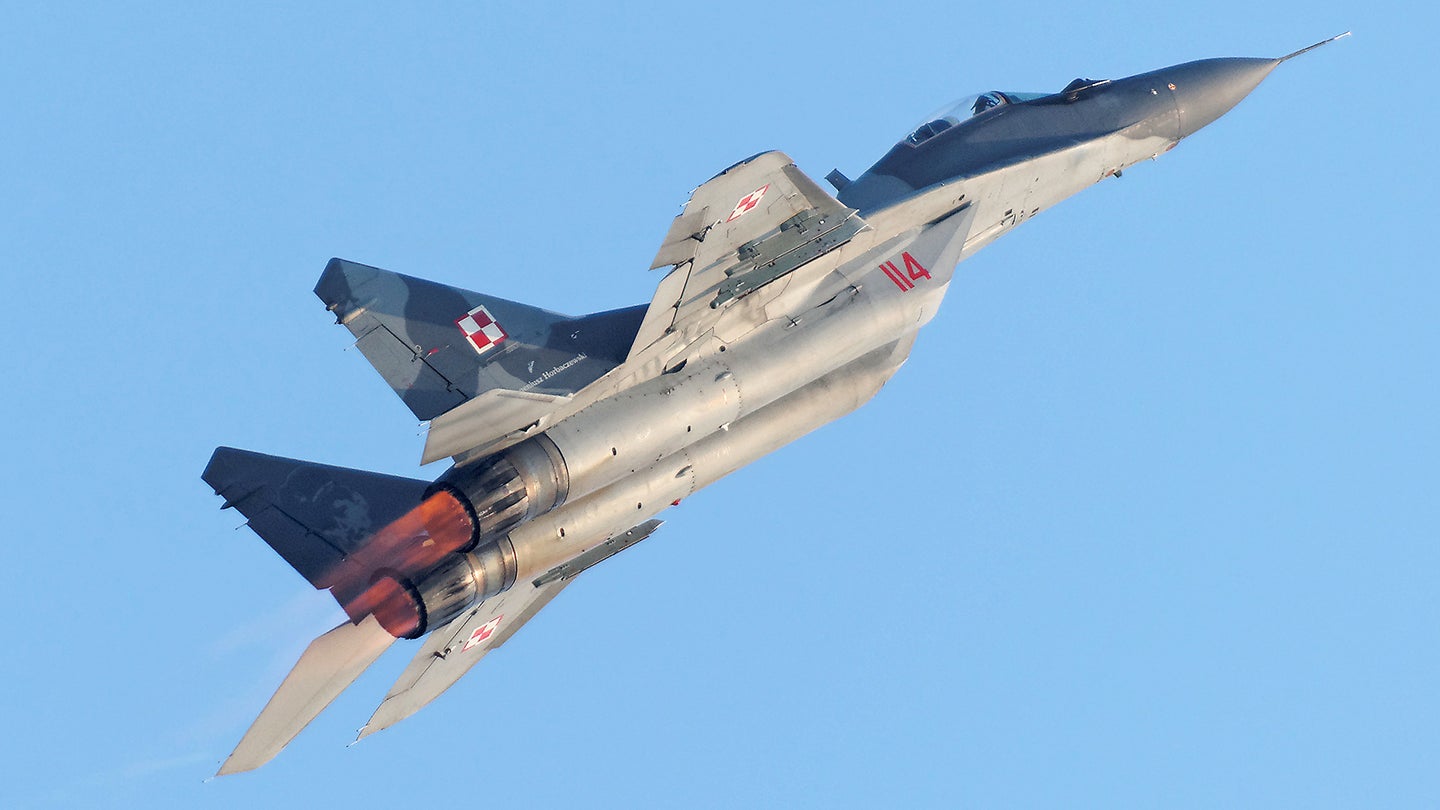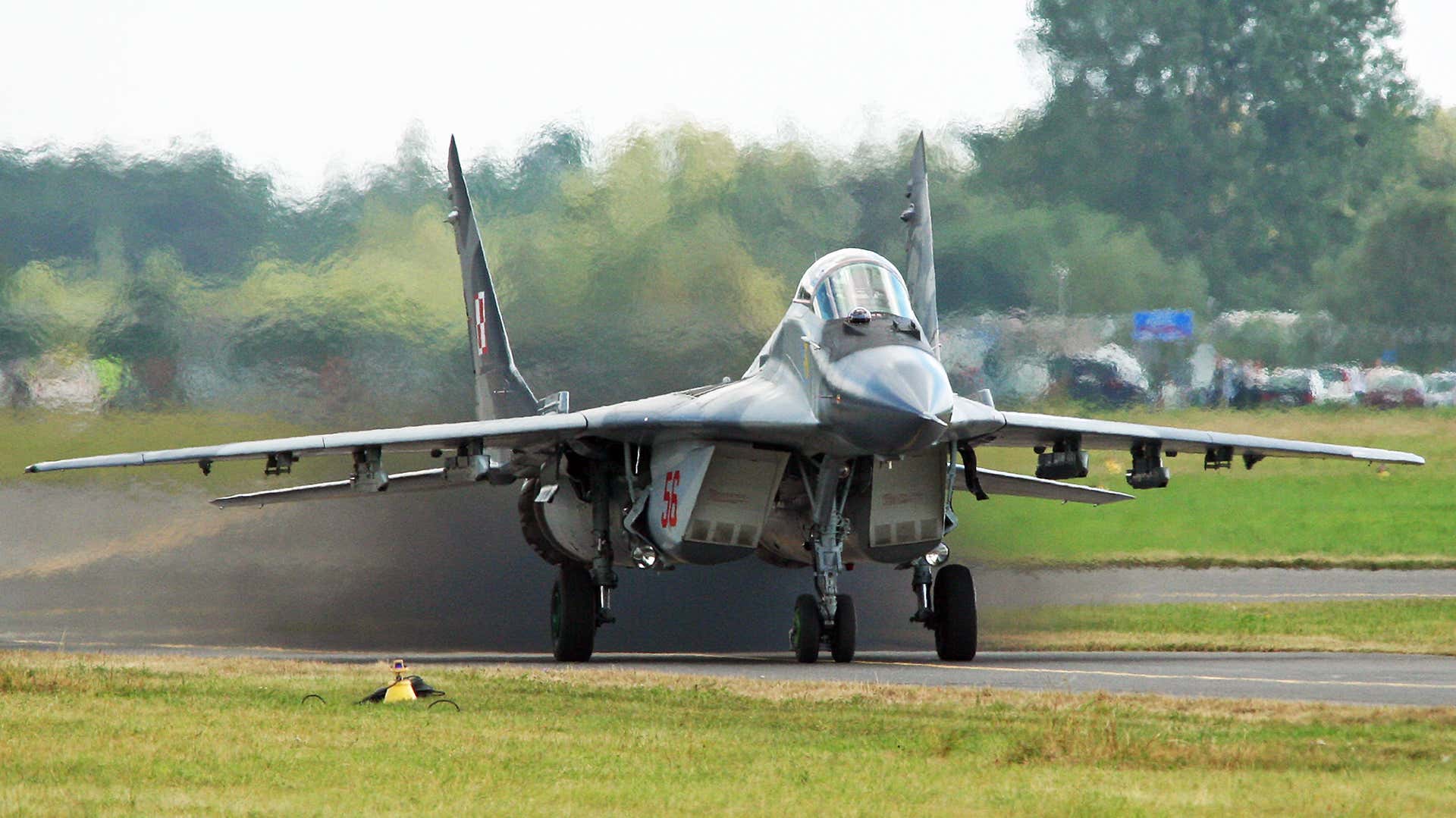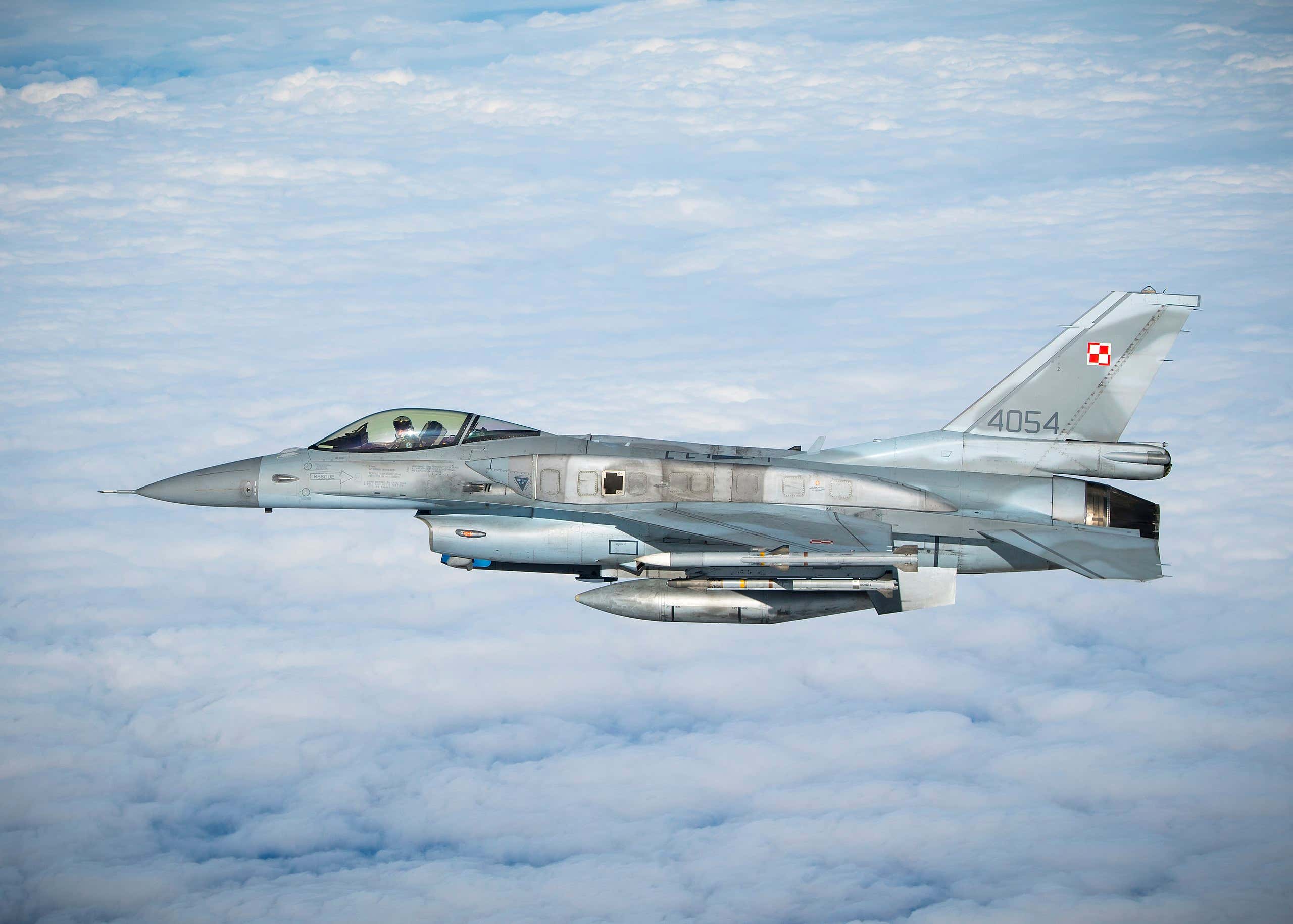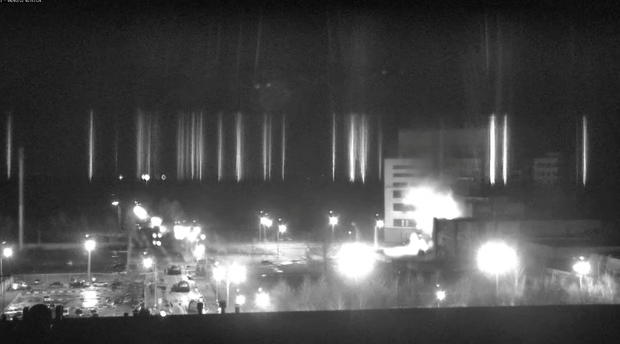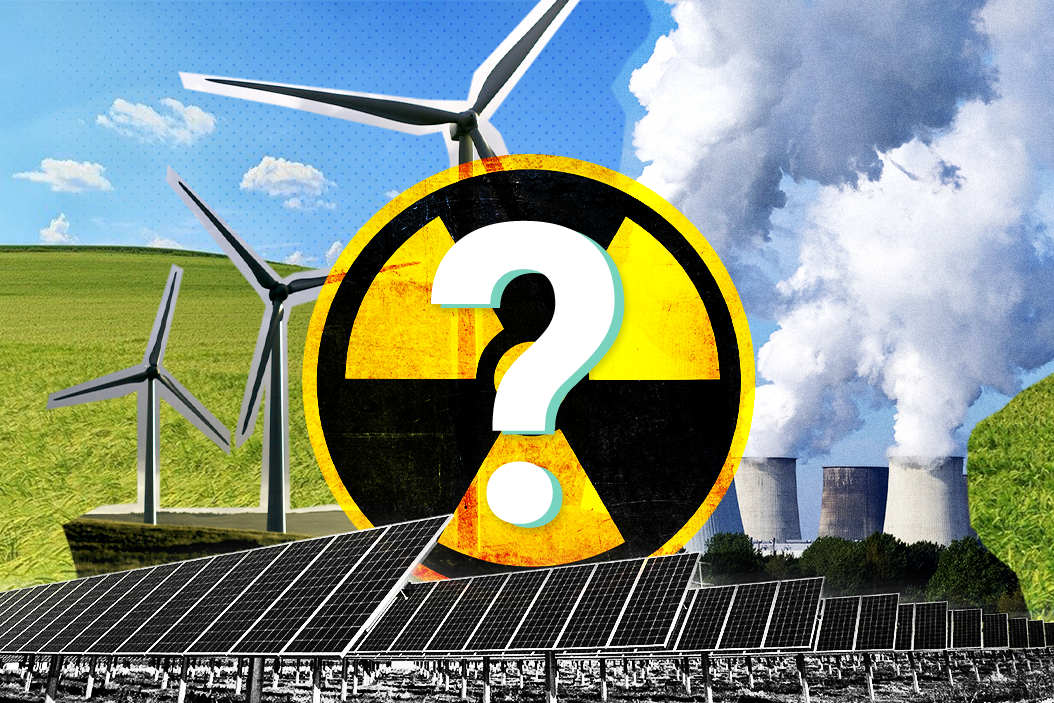When environmental scientist Jessica Moerman said, “What happens in the Arctic doesn’t stay in the Arctic,” she was only referring to the sensitive polar region’s role as the “frontline for climate change.” Moerman reminded: “It may seem like it’s far away, but the impacts come knocking on our front door.”
Moerman’s forewarning has significant geopolitical dimensions today with the Russian invasion of Ukraine and the consequent twists and turns in the Arctic political and strategic landscape. Amid fears and anxieties, a major question is whether the Arctic will become another theatre of great power rivalry in the emerging conflict between the West and Russia.
Currently, the Arctic Council, headed by Russia has five NATO members (Canada, Denmark, Iceland, Norway, and the United States), and two of the western allies (Finland and Sweden) are also members of the eight-member inter-governmental body. There are eight other European countries in the Council with observer status. Besides India and China, there are three other (Asian) observer countries in the Council. The composition of the Council itself is an indication of the shape of things to come.
In the wake of the Russian invasion of Ukraine, seven of the eight Arctic states declared that they would be halting the work of the Arctic Council. It was only last year (May 2021) that Russia assumed the chairmanship of the Council. These Arctic states also condemned Russia’s “unprovoked invasion” of Ukraine and emphasised “the grave impediments to international cooperation, including in the Arctic,” in a joint statement. It was also reported that all working group meetings would be halted indefinitely and no officials from these Arctic Council members would visit Russia for any consultation or deliberation in view of Moscow’s “flagrant violation” of territorial sovereignty and international law. The Director of the Center of Arctic Security and Resilience called this action “the Arctic seven speaking with one voice.”
However, even as Russia’s role as the chairperson is now under challenge, the other seven Arctic Council members—Canada, the Kingdom of Denmark, Finland, Iceland, Norway, Sweden, and the United States—and the council’s working groups are reported to have considered alternative ways to continue critical work in the region. But, according to Sherri Goodman, former U.S. deputy undersecretary of defense and a senior fellow at the Wilson Center’s Polar Institute, “there’s no forum for dialogue and discussion with Russia, the largest Arctic country, on matters that affect the people, the ecology, the geography of the Arctic.” Goodman also warned that the consequence of Russia’s invasion might “increase the risk of miscommunication and miscalculation in the North, at a time where Arctic activities are increasing.”
Plausibly, after the military take over of Crimea in 2014, Russia was not allowed to take part in any Arctic meetings on security (this included the Arctic Forces Security Roundtable) even as the Arctic Council was not mandated to handle security issues. Experts, however, fear that President Vladimir Putin may continue to remain unpredictable and his order to put nuclear forces “on high alert” has obviously intensified the threat scenario in the Arctic also. In response to the seven-members’ resolution to halt the Council’s work, Moscow’s Arctic senior officials warned that any temporary freeze would “inevitably lead to the accumulation of the risks and challenges to soft security in the region.”
Sanction Forays in the Arctic
While the Western sanctions continued to shake the various sectors of the Russian economy, many major oil investors and firms also came out with statements that they would be pulling out of Russian resource development or may not continue with new projects with Russia, including in the Arctic. The first such announcement came from BP when it said that the company would exit its 19.75 per cent shareholding in Russia’s Rosneft and ordered its directors “to resign from the Rosneft board with immediate effect.” BP Chair Helge Lund said: “Russia’s attack on Ukraine is an act of aggression which is having tragic consequences across the region. BP has operated in Russia for over 30 years, working with brilliant Russian colleagues. However, this military action represents a fundamental change. It has led the bp board to conclude, after a thorough process, that our involvement with Rosneft, a state-owned enterprise, simply cannot continue.”
BP’s decision is expected to have a major impact on Russia’s huge Vostok oil project in the Arctic. BP is known for its expertise in offshore development and, more importantly, its financing has been critical to Rosneft’s Arctic extraction project. Similarly, Equinor, Norway’s international energy firm, which has its projects in as many as 30 countries worldwide, including several of the world’s most important oil and gas provinces, such as in Russia, declared that it will stop new investments in Russia and will exit joint ventures. Anders Opedal, President and CEO of Equinor, said: “We are all deeply troubled by the invasion of Ukraine, which represents a terrible setback for the world, and we are thinking of all those who are suffering because of the military action.” The Norwegian energy firm has been in Russia for over three decades and had entered into a cooperation agreement with Rosneft in 2012.
Like BP and Equinor, Shell also announced its “intention to exit its joint ventures with Gazprom and related entities, including its 27.5 per cent stake in the Sakhalin-II liquefied natural gas facility, its 50 per cent stake in the Salym Petroleum Development and the Gydan energy venture.” It also sought “to end its involvement in the Nord Stream 2 pipeline project.” Shell’s chief executive officer, Ben van Beurden, said that “We are shocked by the loss of life in Ukraine, which we deplore, resulting from a senseless act of military aggression which threatens European security.”
ExxonMobil, one of the world’s largest publicly traded energy providers and chemical manufacturers, which operates the Sakhalin-1 project on behalf of an international consortium of Japanese, Indian, and Russian companies, said that they were “beginning the process to discontinue operations and developing steps to exit the Sakhalin-1 venture.” The company also announced that under “the current situation, ExxonMobil will not invest in new developments in Russia.”
India’s state-run Oil India Ltd (OIL) also said “it has no immediate plan to invest in Russia, indicating uncertainty on investment in the massive Vostok project of Russia’s PJSC Rosneft Oil Co., which it was eyeing through a consortium,” according to the Mint report. A consortium of ONGC Videsh Ltd (OVL), Indian Oil Corp. Ltd (IOC), and OIL was planning to invest jointly in the massive Vostok project of Rosneft. India was also exploring to invest in Novatek’s Arctic LNG-2 project as part of its energy profile expansion. Though India is soft on the Russian invasion of Ukraine, its foreign ventures in Russia are subject to the pulls and pressures of the West and its international sanction.
The Wall Streat Journal reported that Norges Bank Investment Management, the world’s largest sovereign-wealth fund is “divesting its Russian holdings.” Norges, the arm of the Norwegian central bank that operates the $1.3 trillion fund, announced that it would be “freezing investments in Russia.” The Norwegian government also announced a range of actions being taken to support Ukraine, including allocating funds for humanitarian aid, joining European Union sanctions and withdrawing the oil fund from Russian investments. Norway being a member of NATO is also committed to providing military equipment to Ukraine.
Singapore-based Trafigura, one of the world’s leading independent commodity trading and logistics houses, said that it “immediately froze its investments in Russia. The firm also announced that it was “now reviewing the options in respect of our passive shareholding in Vostok Oil.”
TotalEnergies, a major multi-energy firm that produces and markets energies on a global scale, which also has a major stake in Russia, condemned Russia’s military aggression against Ukraine, which it said would have “tragic consequences for the population and threatens Europe.” The firm announced: “TotalEnergies supports the scope and strength of the sanctions put in place by Europe and will implement them regardless of the consequences (currently being assessed) on its activities in Russia. TotalEnergies will no longer provide capital for new projects in Russia.” The war in Ukraine also led Italy to put on hold its share of financing for the $21 billion Arctic LNG 2 project led by privately-owned Russian gas producer Novatek,
Given the tempo of withdrawals, freezing and halting resorted to by the Western firms in the Arctic energy sector, Russia might explore alternative channels for investment and exploration. China could be a possible investor, but it is not yet clear, in spite of its political support to Moscow, whether Beijing would come up with major investments in the energy sector in Russia to offset the sanctions.
However, trends in China-Russia trade may provide some indication that there could be some possibilities. According to a report, bilateral trade between the two countries exceeded the $100-billion mark for three successive years, and China continued to be Russia’s top trading partner. The report says that energy and agricultural trade witnessed a steady growth, with Russia emerging a top energy supplier for China and agricultural exports reaching a record high of $5.55 billion. Yet, in terms of investment, Russia ranked only No.13 among foreign destinations for Chinese investment at $12.8 billion (two years back), according to the Chinese official data. But experts suggested that the figure could be raised to a “much higher level, given the massive opportunities in a wide range of areas, including energy, agriculture, manufacturing and technology.”
Meanwhile, Chinese experts continued to put the full blame of the Ukrainian crisis on the West. For instance, an analyst writes in Global Times:
Russia didn’t initiate the current war in Ukraine. Russia is ending the 8-year war triggered by the pro-Western Ukrainian regime in 2014 when Donbass broke up refusing to accept the violation of the Ukrainian Constitution that is the coup-d’etat sponsored by Brussels and Washington.
The aim of the West is as clear as a day — to encircle Russia with unfriendly regimes alongside its borders, strangle it with that military loop and force to stick in the geopolitical quagmire for decades. Being involved in continual counteractions with such regimes, Moscow would have less political, diplomatic, military and economic resources for acting on other directions, for example, in post-Soviet part of Eurasia, Arctic, the Middle East.
The analysist continues: Washington’s strategy is to oust Russia from the access to warm seas such as the Black Sea, the Caspian Sea and the Baltic Sea and impede the political and economic communication between Russia and the world. Ousting Russia from the seas would mean that for the time being the Anglo-Saxons continue to be the only power able to control the world’s oceans. They will preserve this position as long as they can deter Russia and China away from the main ocean routes accessible from the seas like the South China Sea.
The author, who is said to be a Ukrainian expert located in Russia, further writes: “Trade diversions against China is another of Washington’s dreams. Western experts continually put forth different kinds of tactics on how to split up the unity of Russia and China.”
However, it remains to be seen if this ‘unity’ is sustainable in the context of the huge energy sector in Russia getting affected. According to Goodman, “there may be long-term consequences from these moves to disinvest, especially in an increasing shift to renewable energy.” She said that as “the Russian Arctic oil and gas reserves increasingly become stranded assets with the EU and U.S. accelerating their green transition, Russia’s both economic power and leverage power will eventually decrease.”
Nord Stream 2 Episode
A major setback for Russia, in the wake of its intervention Ukraine, came when Germany stopped the Nord Stream 2 Baltic Sea gas pipeline project, constructed to augment the flow of Arctic Russian gas direct to Germany. The $12 billion project was completed last year pending certification by Germany and the European Union. This project was announced way back in 2015 amid threats of sanctions by Western countries following Russia’s annexation of Crimean Peninsula from Ukraine and its support to the rebels in the Donbass. Even as Germany continued to argue that Nord Stream 2 was a commercial venture, Ukraine tended to see it as an “existential threat because it eases Moscow’s reliance on Ukraine to ship gas to lucrative European markets.” Ukraine argued that it would lose billions of dollars in transit revenue.
Washington also believed that the project would reinforce Russia’s sway over Europe. It knew that Russia was already providing 40 per cent of the EU’s total gas supply and that the new pipeline would increase that amount by as much as “55 billion cubic meters per annum.” Hence it continued to oppose the construction and did everything possible to sink the Nord Stream 2 project. As Joe Biden assumed office, efforts were underway to revive the strained relations with Germany. Yet, Germany was resisting Washington’s pressure saying that the U.S. cannot be a substitute for Russia given its geopolitical proximity and reduced transaction costs. However, the situation began to change for the worse with Putin’s action in eastern Ukraine. It was at this time that U.S. had warned that it would suspend the project amid reports of Russian invasion. On 23 February, the U.S. Secretary of State Antony Blinken applauded “Germany’s decision to take administrative steps to halt the certification process for Nord Stream 2, which will prevent the pipeline from becoming operational.” He said: “This action is in line with the United States’ longstanding opposition to Nord Stream 2 as a Russian geopolitical project and the President’s commitment that Nord Stream 2 would not move forward following the beginning of Russia’s invasion of Ukraine.”
Following this, the German subsidiary of the Nord Stream 2 operator—Gas for Europe GmbH—announced “its possible liquidation due to current events around the project.” However, amid all developments in Ukraine, Russia continued to argue that Nord Stream 2 was only “a commercial project and is being implemented jointly with European partners.” Russian Foreign Minister Sergey Lavrov told in an interview that the “situation around the Nord Stream 2 showed that Europe holds an absolutely subordinate and dependent place at the global stage.” But Moscow’s invasion of Ukraine has not helped her realise its dream of dominating the European energy market.
Geopolitical Challenges
With Russia’s invasion of Ukraine, the Arctic has become a new terrain of big power rivalry with the U.S., Russia and China contemplating to employ military and economic power to secure and sustain access to the region at the expense of the polar region’s ecosystem. The U.S. National Security Strategy sought to upgrade the Arctic “as a corridor for expanded strategic great power competition between two regions – the Indo-Pacific and Europe.”
It may be recalled that in March 2021, the U.S. Army brought out its new Arctic strategy under the heading, “Regaining Arctic Dominance.” According to the document, the Army must “organize to win in the Arctic” and that the region represents “an arena of competition, a line of attack in conflict, a vital area holding many … natural resources, and a platform for global power projection.” An article in The Arctic Institute says that the US Army strategy adhered to other publications from the Government of Canada, the Norwegian military, the United States Navy, and other Arctic and non-Arctic state institutions “committed to increased military engagement in the circumpolar north.” According to Jen Evans, “these ambitious new Arctic security policies are more than just saber-rattling: NATO doubled Arctic military activities from 2015 to 2020 and Russia has assigned at least 81% of its nuclear weaponry to northern fleets, all in the name of (re)gaining Arctic dominance.” Evans also recalled, “the Arctic remained a pivotal military theater throughout the Cold War. During this period, the Arctic was characterized by high levels of militarization, which included the regional placement of intercontinental ballistic missiles (ICBMs), long-range bombers, nuclear weapons, and a host of additional military resources.”
Strategic thinktanks also noted Russia’s growing interest in the Arctic. SIPRI, for example, had brought out a background paper in 2016 which noted that the “rift between the West and Russia—due to Russia’s intervention in Ukraine from early 2014 and Russia’s more assertive or aggressive foreign policy—has made the other Arctic countries more concerned about the aims of Russia’s military modernization in the Arctic.” Some analysts had seen “this Russia–West confrontation as a new driver of militarization in the Arctic and as increasing the possibility of tensions between NATO and Russia spilling over to the Arctic.” As the SIPRI background paper noted, Russia’s Arctic policies are now available in two documents: The Foundations of the Russian Federation’s State Policy in the Arctic until 2020 and Beyond, adopted in September 2008; and The Strategy for the Development of the Arctic Zone of the Russian Federation and National Security Efforts for the Period up to 2020, adopted in 2013.
These two documents underline the significance of the Arctic as a major storehouse of natural resources by 2020 and the security challenges emerging from the enhanced accessibility of the Arctic region. Basically, these documents focussed on non-military challenges and underline the importance of cooperation among all Arctic states in dealing with the region’s issues. However, the Arctic also appears more specifically in military and security documents, such as Russian Military Doctrine (December 2014), Maritime Doctrine (July 2015) which highlight “specific military maritime security concerns, with a strong focus on the security of the bases and units of the Northern Fleet in the Arctic.”
A Report of the NATO Parliamentary Assembly, Political Committee, NATO and Security in the Arctic (October 2017) noted that Russian violations of the territorial integrity of Ukraine, Georgia, and the Republic of Moldova have raised concerns over territorial conflicts between Russia and the rest of the Arctic states.” The Report says that “Moscow, as the largest Arctic littoral state, recognises the geostrategic importance of the Arctic and vital Arctic energy resources, and has built up its military to protect what it perceives as Russian territorial interests in the region. Russian disregard for the territorial integrity of peaceful neighbours cannot be ignored in the High North.” It also pointed out that in “the aftermath of the annexation of Crimea, Russia’s Arctic build-up is viewed more sceptically by other littoral states. Moreover, as a result of Russia’s military build-up in the High North, its ability to limit or deny access and control various parts of the region has increased significantly.” The Report further noted that China was “interested in the exploitation of the sea lanes that will slowly open up as a result of global warming. Moreover, China is also interested in strengthening its ability as a non-Arctic state to access Arctic mineral resources and fishing waters. The PRC has taken steps over the past several years to protect its interests in the High North, pursuing a presence in Svalbard, Iceland, and Greenland.” It may be noted that China had come out with its Arctic policy in 2018 assuming itself as a ‘Near-Arctic state’ with a grand ambition of building a ‘Polar Silk Road.’ It is here that both China and Russia have a great interest in developing ‘Northern Sea Route’ (NSR) as a new geopolitical circuit connecting with Europe and beyond.
In short, at the heart of the problem is the geopolitical contiguity of big powers linked by the Arctic region—compounded further by the quest for energy security and the resultant rivalry for control over the trade circuits. Russia’s invasion of Ukraine has only deepened the security issues in the Arctic, and the consequences of this war will be more enduring than anything else in the preceding decades.
The author, an ICSSR Senior Fellow, is Academic Advisor to the International Centre for Polar Studies (ICPS) and Director, Inter University Centre for Social Science Research and Extension (IUCSSRE), Mahatma Gandhi University, Kerala.
